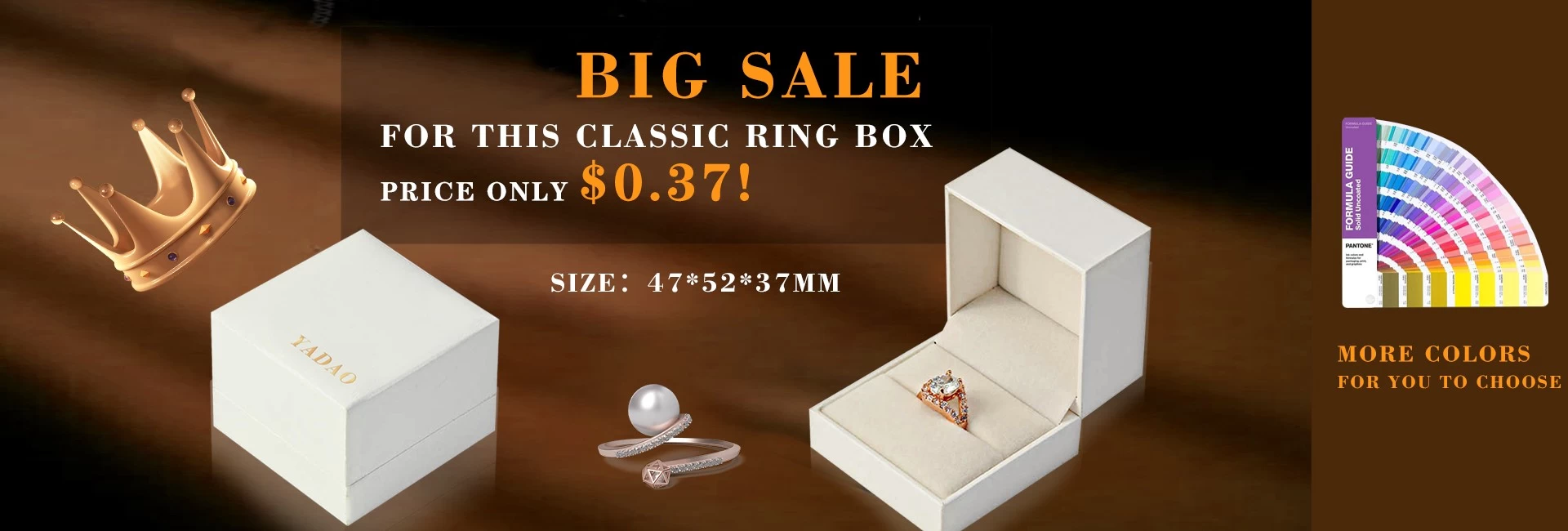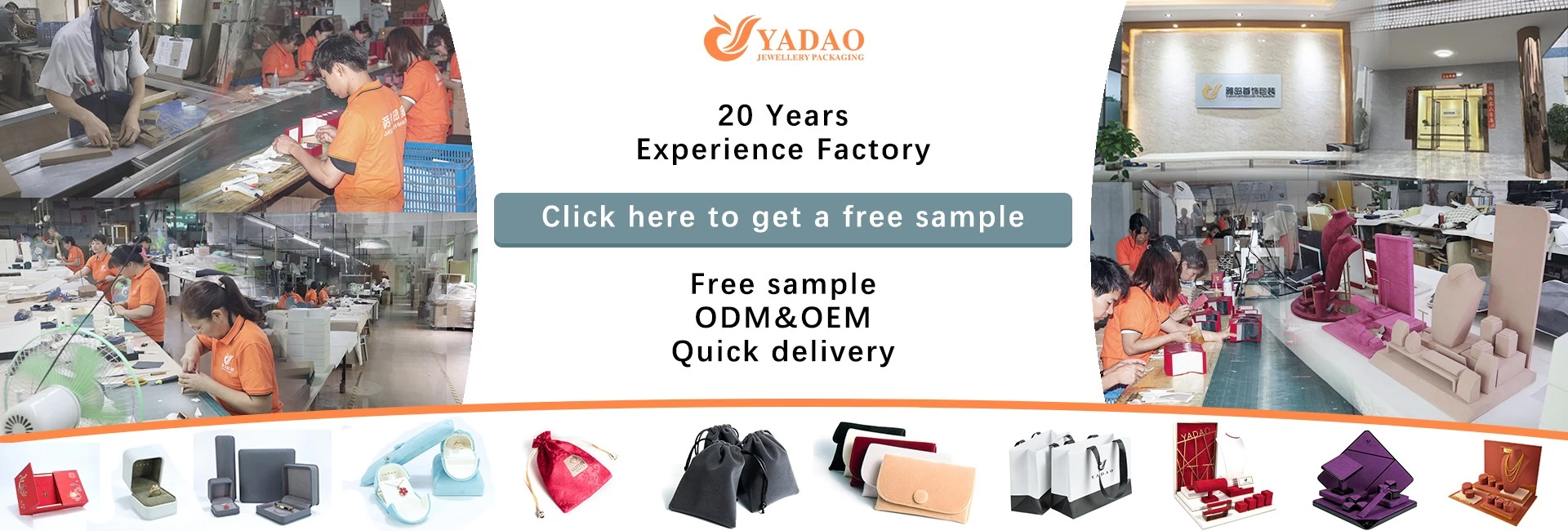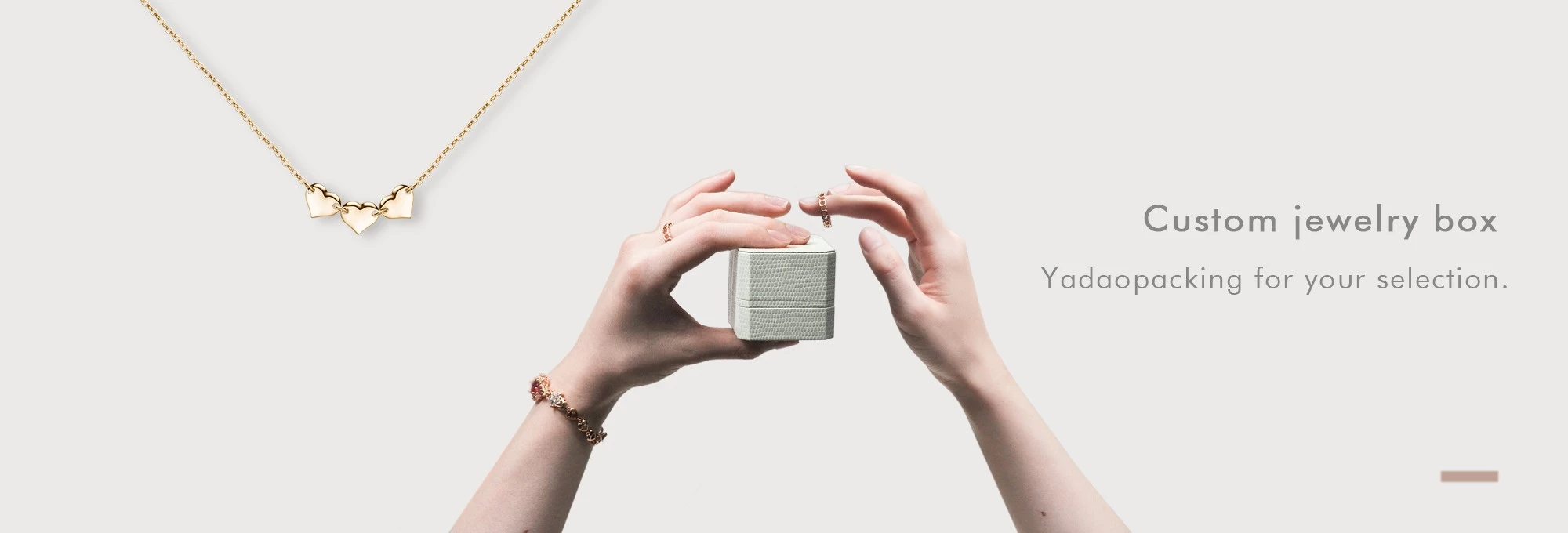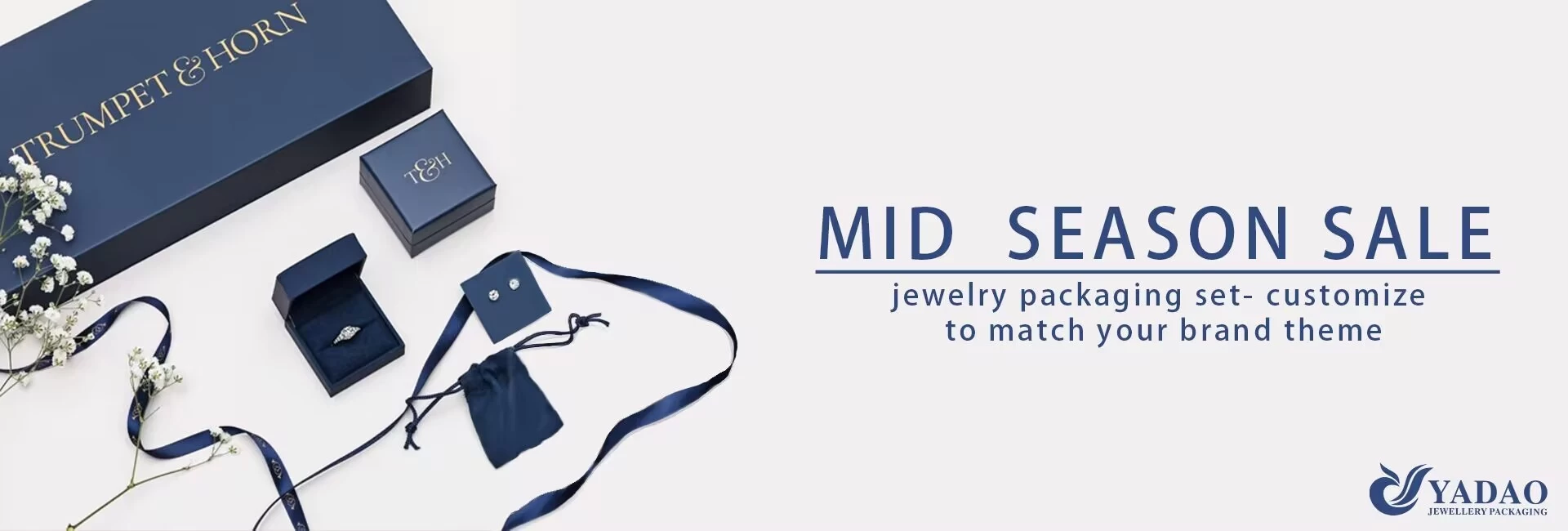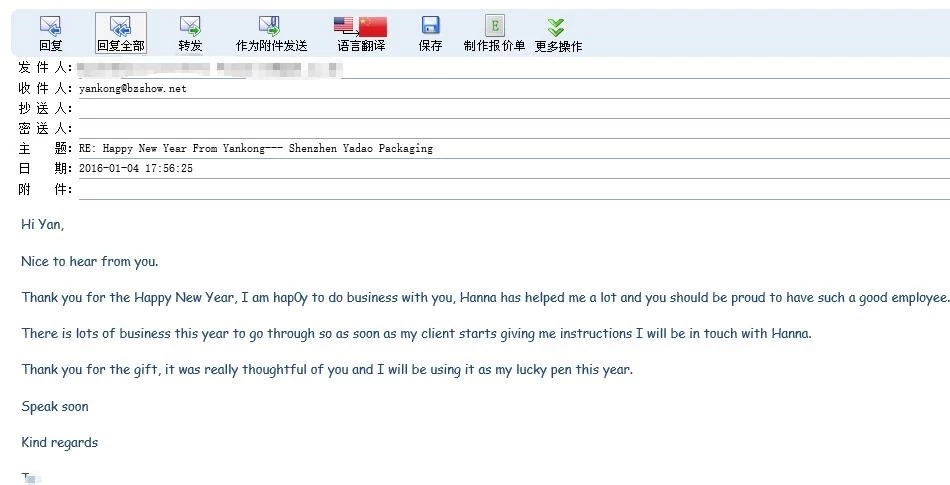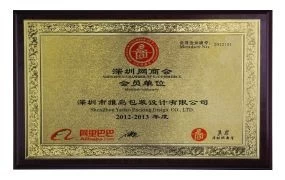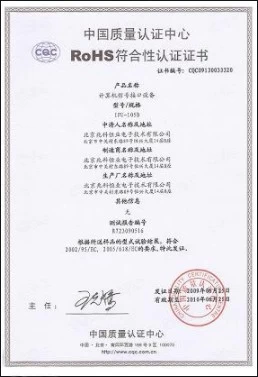The art of being a woman in ancient China
The art of being a woman in ancient China
Bonhams recently hosted what it claims was the first auction focused on the depiction of women in Chinese art, titled, Beauty and Beyond: Women in Chinese Art.
The prime attraction was a rare and large silver-inlaid bronze figure of Guanyin dating back to the 16th or 17th century but with Tang Dynasty (618-907) features. The meticulous detailing in the figure's robes and accessories and the fact that it is a highly rare specimen from the period earned it HK$4.3 million ($554,000).
"Before the Tang Dynasty, Buddhist deities were depicted in the form of men, but since the Tang Dynasty, Guanyin emerged as a female figure," says Keason Tang, Bonhams' specialist on Chinese works of art. "We still don't know why."
However, that is not the only reason why the lots comprising sculptures of Guanyin and Xiwangmu (Queen Mother of the West) - one of the oldest female gods in China - were considered particularly interesting, Tang says. They are perhaps the only Tang Dynasty "female figures" who continued to be voluptuous, with rotund faces - features that characterize pre-Tang Dynasty sculptures.
A pale green jade pavilion inspired by the renowned Chinese play, Romance of the Western Chamber, written by the Yuan Dynasty (1271-1368) playwright Wang Shifu, drew the second highest bid of the evening - HK$3.5 million. The plot centers around a tragic love affair between Cui Yingying - the daughter of a high-ranking minister - and Zhang Sheng, a young scholar. The scene depicted in the three-dimensional piece shows the female protagonist waiting for her lover at a circular window. Eighteenth-century jade pieces were sought after by the Emperor Qianlong (1711-99), and remains popular among collectors today. This lot last appeared in an auction in 2007.
Hair accessories generated a lot of bids. A number of lots in this category fetched prices that were multiple times their presale estimates.
A rare gold repousse phoenix panel from the Liao Dynasty (916-1125) fetched HK$377,500 - more than double its estimated price; while a kingfisher feather headdress of jadeite, tourmaline, pearl, quartz and other semi-precious stones was sold for four times its presale estimate at HK$877,500. Called dianzi - which translates as "hat ring" - these headdresses were worn by noblewomen. The double happiness forehead pendants suggest the piece was worn at weddings.
"We wanted to show the audience how women lived before the 20th century, with jewelry, accessories and figures who people today may not understand," says Tang, explaining the inclusion of accessories like nail guards, fragrant plaques, snuff bottles, incense boxes and more in the lots.
The auction was divided into three categories. "Supreme Beauty: Talents & Virtues" recognized works by educated women; "Ming Dynasty Printed Representations of Women" showcased pieces that looked at inner virtues rather than physical appearance; and "Evolution of Beauty Standards" highlighted the contrast between the images of voluptuous women prevalent in the Tang Dynasty and Song Dynasty (960-1279) and the slimmer and elegant profiles in the subsequent eras.
Overall, the lots mainly came from the Ming Dynasty (1368-1644) and Qing Dynasty (1644-1912), by which time the women depicted in art were no longer predominantly engaged in duties and activities appropriate to their station according to patriarchal Confucian principles.

